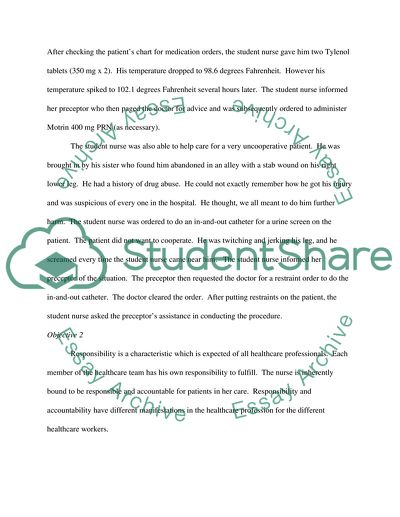Cite this document
(“USA Medical Center Essay Example | Topics and Well Written Essays - 4500 words”, n.d.)
Retrieved from https://studentshare.org/health-sciences-medicine/1546766-uas-medical-center
Retrieved from https://studentshare.org/health-sciences-medicine/1546766-uas-medical-center
(USA Medical Center Essay Example | Topics and Well Written Essays - 4500 Words)
https://studentshare.org/health-sciences-medicine/1546766-uas-medical-center.
https://studentshare.org/health-sciences-medicine/1546766-uas-medical-center.
“USA Medical Center Essay Example | Topics and Well Written Essays - 4500 Words”, n.d. https://studentshare.org/health-sciences-medicine/1546766-uas-medical-center.


